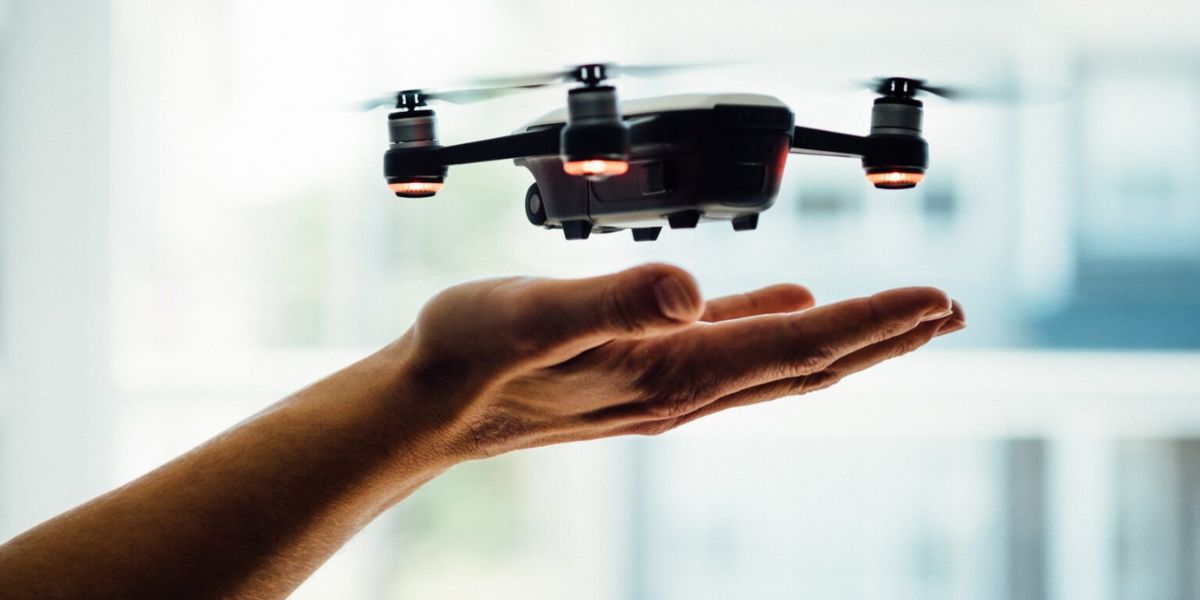Table of Contents
History of Drones
Although drones were initially built for one core purpose (military), they have been rapidly growing in popularity. Now they are being used in many industries, including medical, entertainment, agriculture, logistics, etc. The military used drones to remotely deploy missiles on a specific area. Of course, UAVs still play an essential role in the military of different countries; their applications have just increased a lot in recent years.
The United States of America is the most open about its drone possession. The IISS data shows that the US army has at least 678 Drones in service (of 18 different types)[i]. Twenty years ago, there were zero drones in use.
According to the FAA, 868,421 drones have been registered in America, out of which 375,929 are commercial drones, and 492,492 are recreational (as of March 2021)[ii].
Historical Timeline of Earlier Drones
1783 – The First UAV

Hot air balloons never come to our mind when we think about these high-speed quadcopters and other UAVs. However, from a technical standpoint, these were the first crafts that didn’t require a human pilot to fly. The first public exhibition of a hot air balloon (an unmanned aircraft) was hosted by Joseph-Michel and Jacques-Étienne Montgolfier in Annonay, France.
Mid-1850s – The Era of Earliest Military Drones
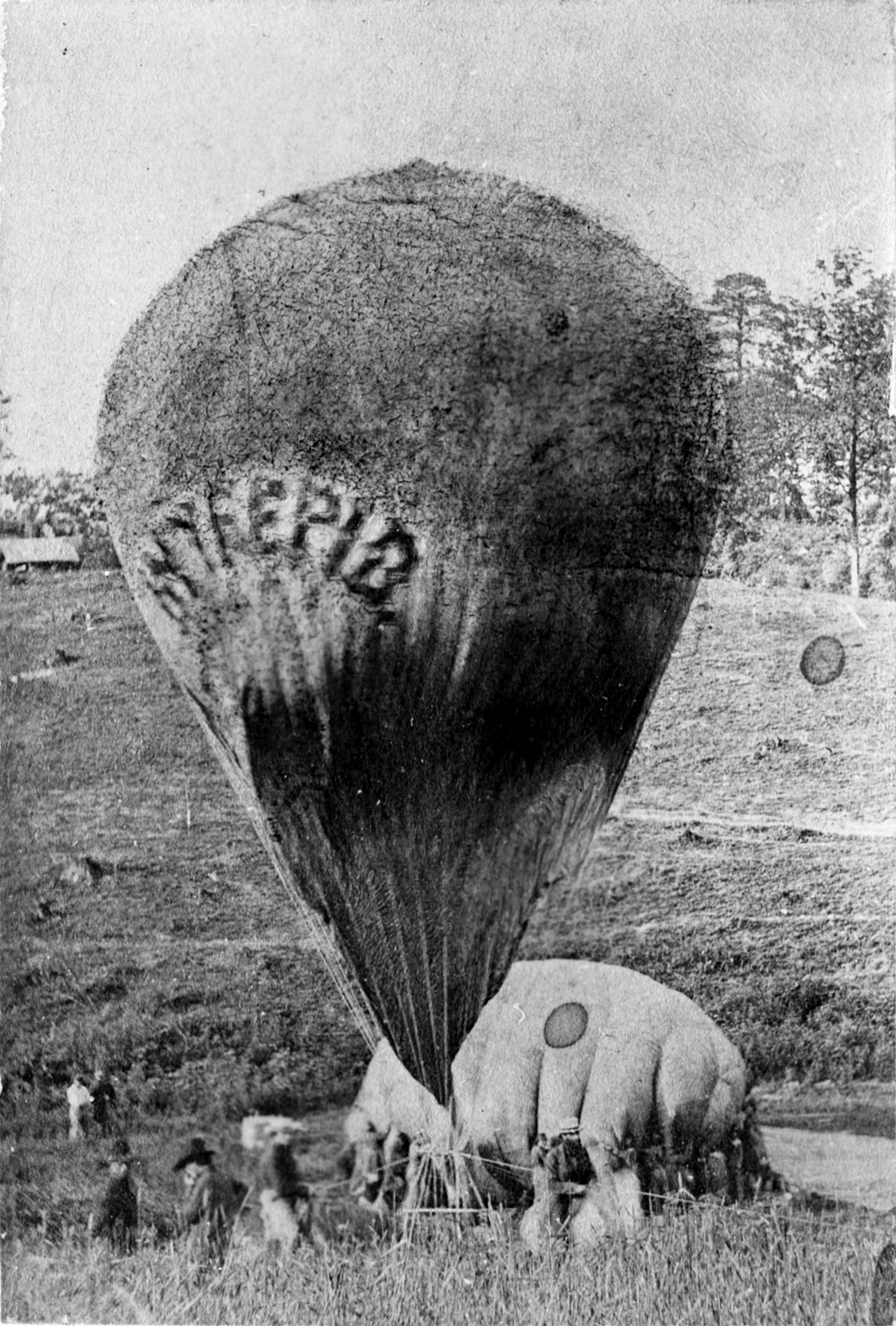
The actual concept of drones dates back to 1849 when Austria attacked Venice using unmanned air balloons filled with explosives. About 200 of these incendiary balloons were launched by the Austrian forces trying to besiege Venice.
Each air balloon held anywhere between 24 to 30 pounds of explosives. Once in position, these explosives were to be dropped from the balloons on the city. Fortunately, only one balloon successfully found the mark, while others blew away due to a sudden change in the wind direction.
Although this event was quite innovative back then, the use of balloons does not meet the actual definition of today’s drone. However, interestingly enough, the concept of drones was first considered by military technologists over 170 years ago.
Early-1900s – First Quadcopters Are Introduced
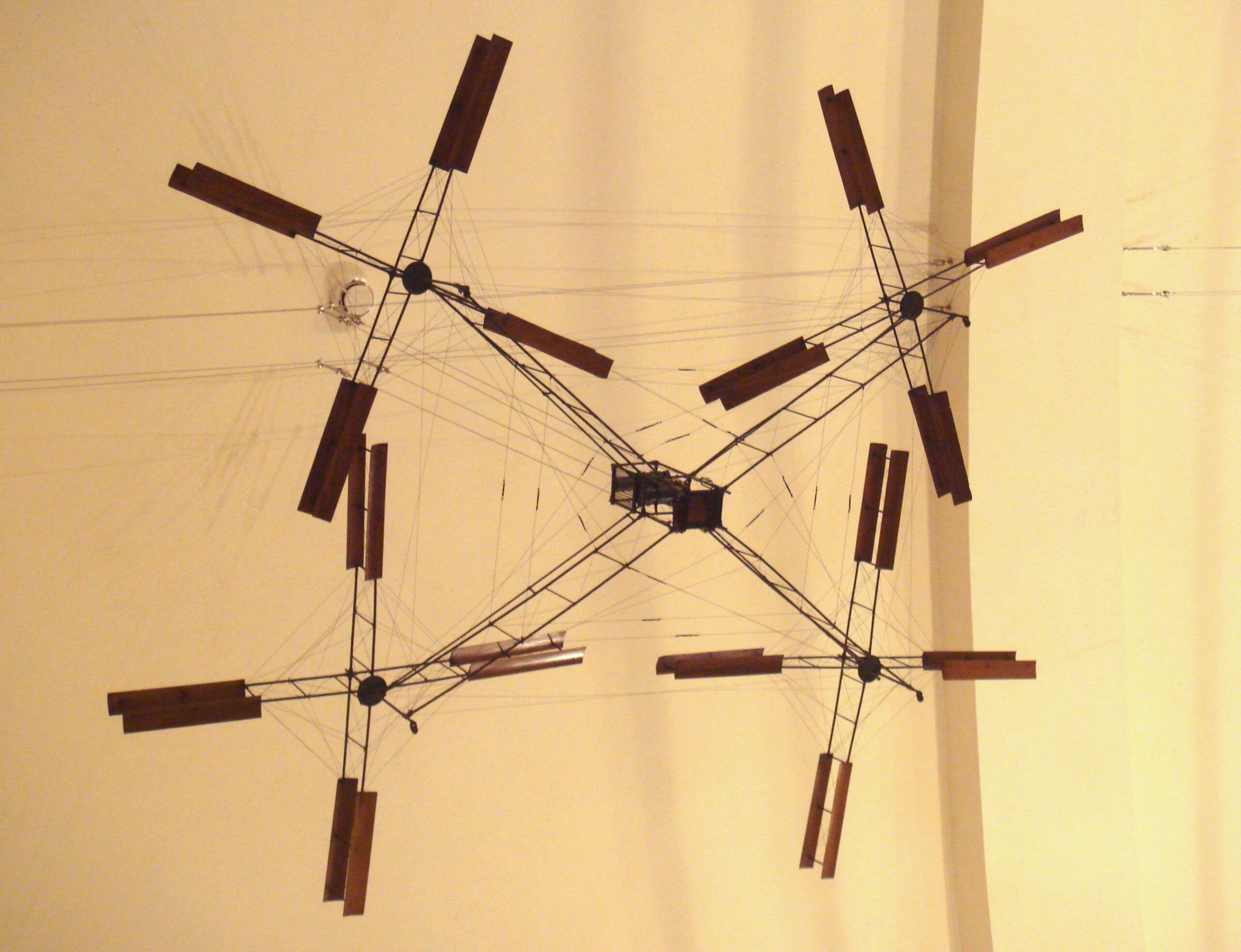
The most common feature of today’s drones (commercial and recreational) is their quadcopter configuration. Interestingly, this technology appeared in 1907 when two French brothers Jacques and Louis Bréguet, developed a Gyroplane with the help of a French physiologist, Professor Charles[iii]. It was a forerunner of the helicopter.
The design of the copter was visionary. Although an onboard pilot controlled it, the concept evolved to what we call today an unmanned aerial vehicle.
1915-1920 – A Big Leap Towards Technological Advancements
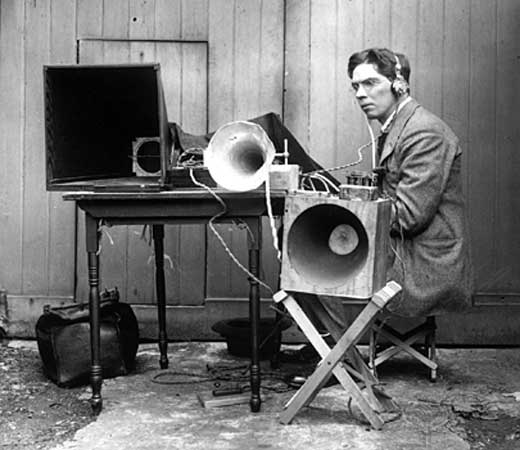
Significant technological advancements occurred when the first pilotless aircraft was developed in 1916, called Ruston Proctor Aerial Target. These pilotless drones used a radio guidance system invented by a British engineer named Archibald Low.
Using a special team of 30 men, Archibald launched the first unmanned drone from the back of a truck with the help of compressed air. Later in 1917, the same team and Archibald invented the first wireless rocket. Interestingly, the Germans adapted the same technology that Low developed in World War II for their V1 rocket program.
Although Archibald Low’s projects were remarkable on their own, and he was named the “father of radio guidance systems,” his work wasn’t studied and advanced by the British army after the war.
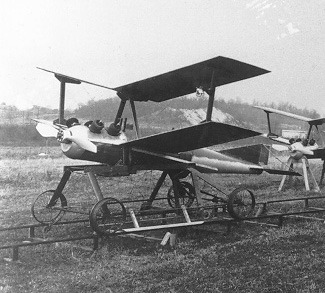
Shortly after this great invention, the US also researched and developed the Kettering Bug. It used gyroscopic controls that were intended to be used as an aerial torpedo. Each of the Bugs were launched from a four-wheeled dolly, which was rolled on a portable track.
The National Museum of the United States Air Force explains that a control closed a circuit after a specific time, shutting off the engine. Then, its wings were released, which caused the Bug to plunge the earth. Then, the 180 pounds of explosive stuffed inside would detonate on impact[iv].
Around 50 of these machines were made by the Dayton-Wright Airplane Co. Unfortunately, they arrived so late in the war that they didn’t see any combat.
1930-1945 – Advancements in Military Drone Technology
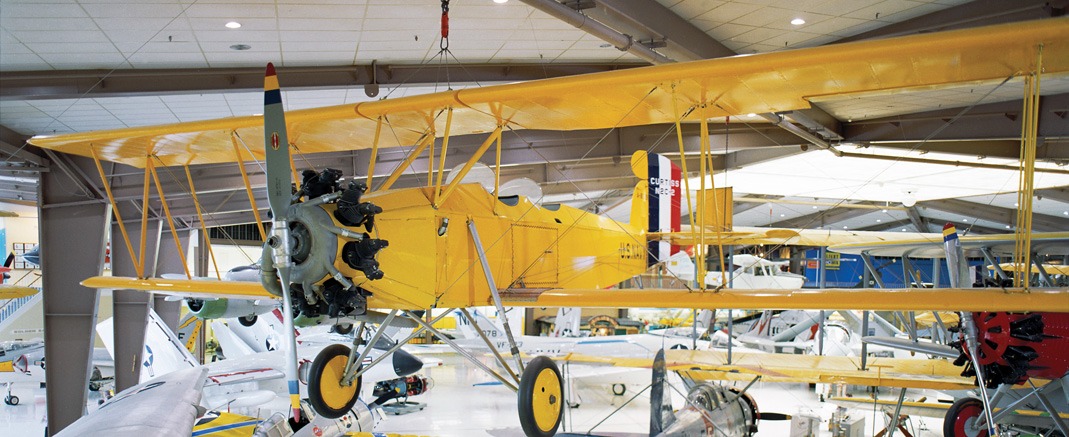
After World War 1, the technological developments in drone technology spiked. In the 1930s, the US navy started experimenting with radio-controlled aircraft, resulting in the development of the Curtiss N2C-2 Drone in 1937. The British military also developed “Queen Bee,” a radio-controlled target drone. Many also believed that Queen Bee has led to the use of the term “drone.”
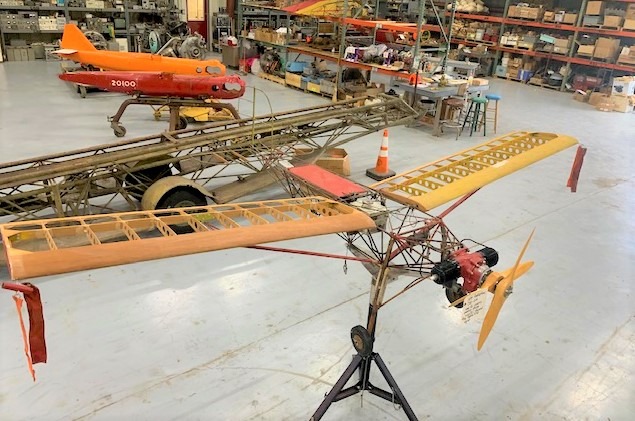
Furthermore, British actor Reginald Denny and engineer Walter Righter worked together to build another remote-controlled airplane in the 1930s, called OQ-2 Radioplane. Its success caused it to become the first-ever mass-produced UAV in the USA. About 15,000 units of this RC aircraft were manufactured for the US military during the war.
Edward M. Sorenson came up with a powerful innovation for drones during this time. He invented a radio-controlled drone capable of flying out of sight.[v]. His radio-controlled system used a ground terminal to track the movement of the aircraft. Before this amazing invention, pilots could only operate the earlier drones within the pilot’s visual sight.
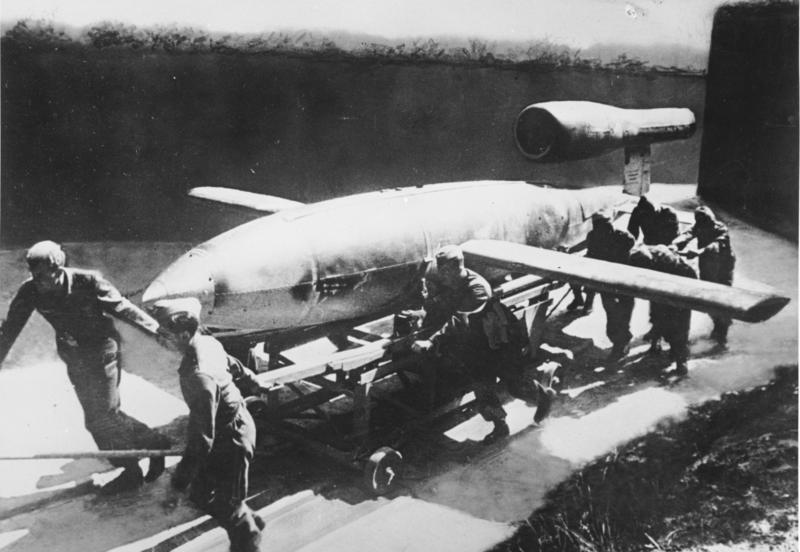
However, the most notable event of World War II in terms of drones was the use of the V-1 “Doodlebugs” by the German army. The pilotless crafts were fitted with pulsejets. Because of this, they could be considered the world’s first-ever cruise missiles.
The German army used them in a campaign of terror bombing British cities like London to demoralize the British public. The drones’ guidance system was equipped with an autopilot feature to control its speed and altitude. It had a pair of gyroscopes to control yaw and pitch, while the azimuth was maintained with a magnetic compass. In addition to that, to control the altitude, the design used a barometric device.
Moreover, pressurized air controlled the aircraft’s gyros, rudder, and elevator.
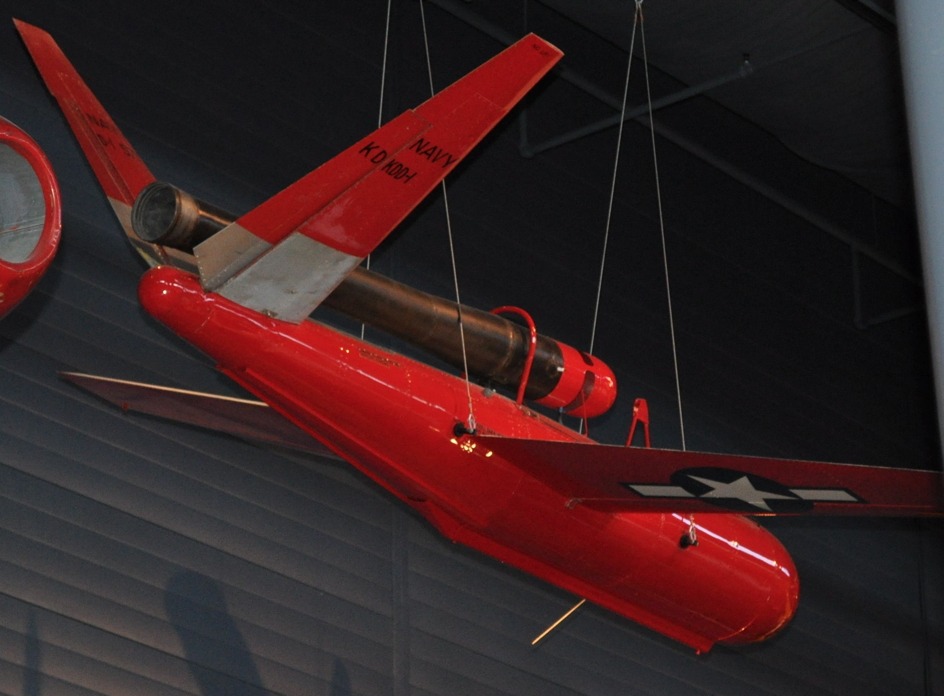
Later on, the Americans reverse-engineered this technology, who then built a pulsejet-powered UAV, such as the TD2D-1 Katydid and Curtiss KD2C [vi] [vii].
In 1943, the German army used “Fritz X” (aka FX-1400) during World War II. It was equipped with a 2,300-pound bomb to sink the enemy’s ships during combat.
1950-1960 – The Vietnam War
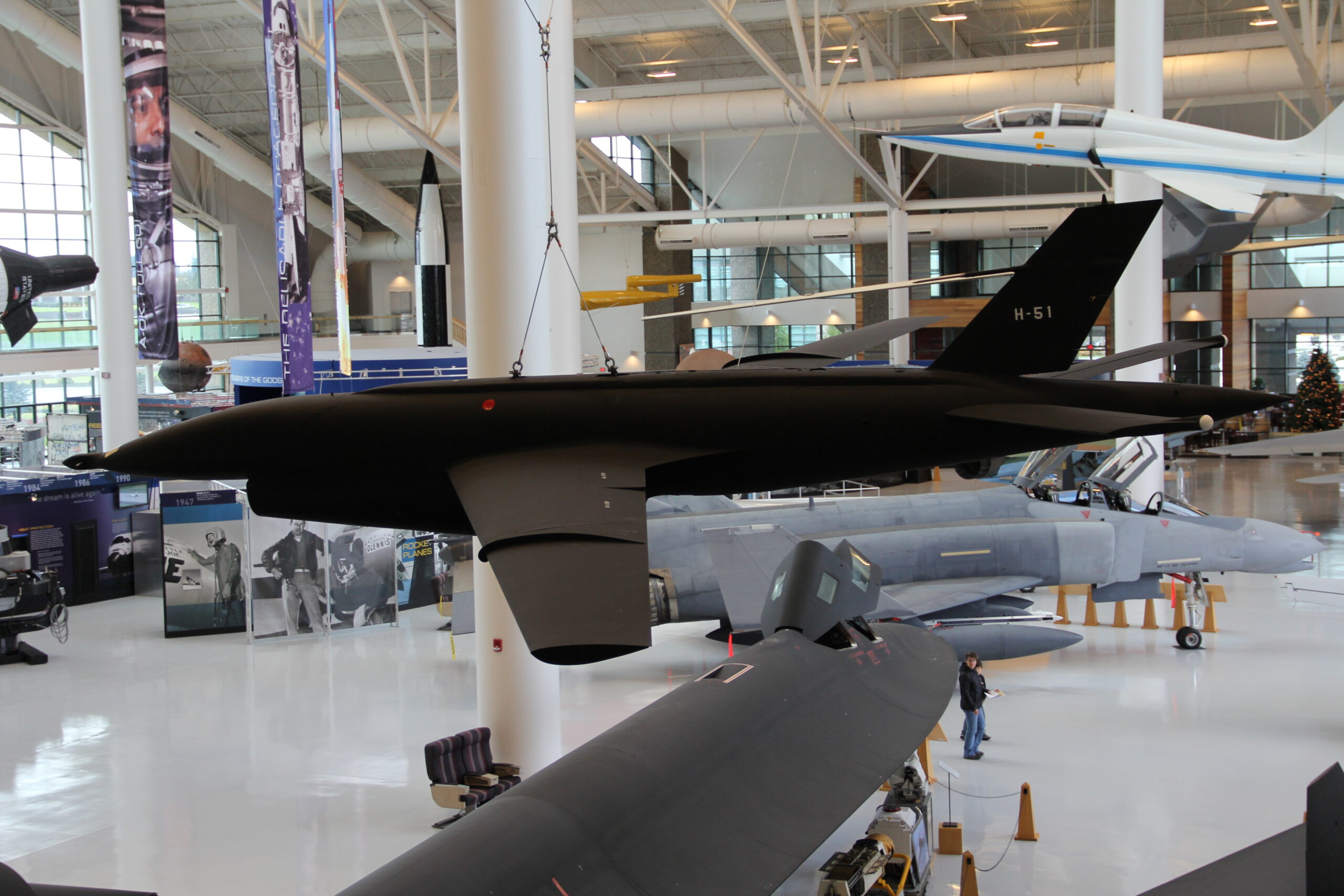
During the Vietnam War’s early years, the US army started using UAVs to avoid pilot deaths during aerial combats over hostile territory. The US military continued investing in drone technology after the Soviet Union shot down an American spy plane in 1960.
When the end of the Vietnam War came, the US government had invested a lot in drone technology and utilized it throughout Vietnam and several classified missions.
According to Imperial War Museum, London, they assigned the drones several new roles during the Vietnam War, such as launching air missiles against fixed targets, acting as decoys in combat, and dropping leaflets over specific territories for psychological reasons[viii].
During the 1960s, transistor technology saw many developments, and for the first time, miniaturized radio-controlled components were available at a reasonable cost. During this time RC drones started coming in kit form – they ranged from indoor flyable models to large outdoor models.
1970-1980 – Time for Israel to Opt for Drone Tech
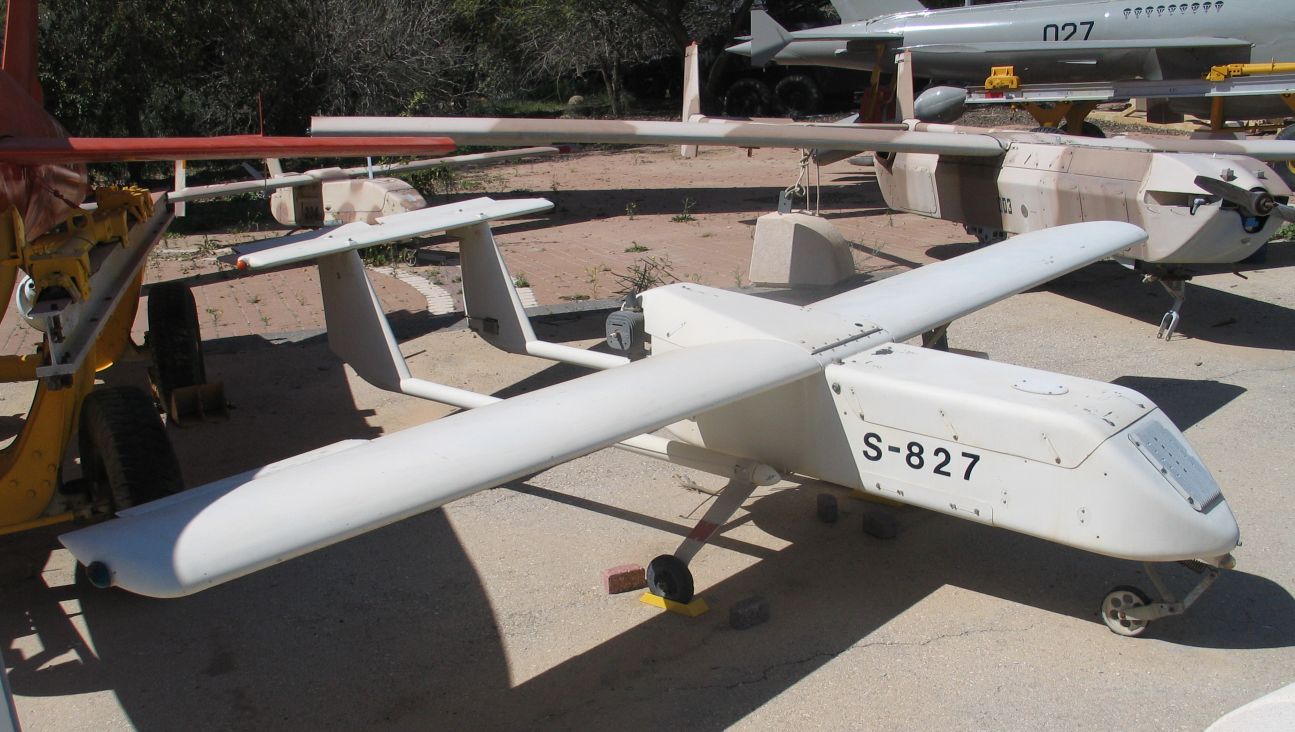
In the early 1970s, Israel also jumped on the bandwagon and started using drones for various purposes. They used drones as decoys in the Yom Kippur War. The United States also officially confirmed that they used UAVs in Vietnam to help its military.
The 1982 Armed Forces Journal International reported that the US stated that they had flown 3,435 operational reconnaissance UAVs during the Vietnam War between 1964 and 1975[ix].
1980-1990 – The US Military Begins Heavily Investing in the Drone Technology
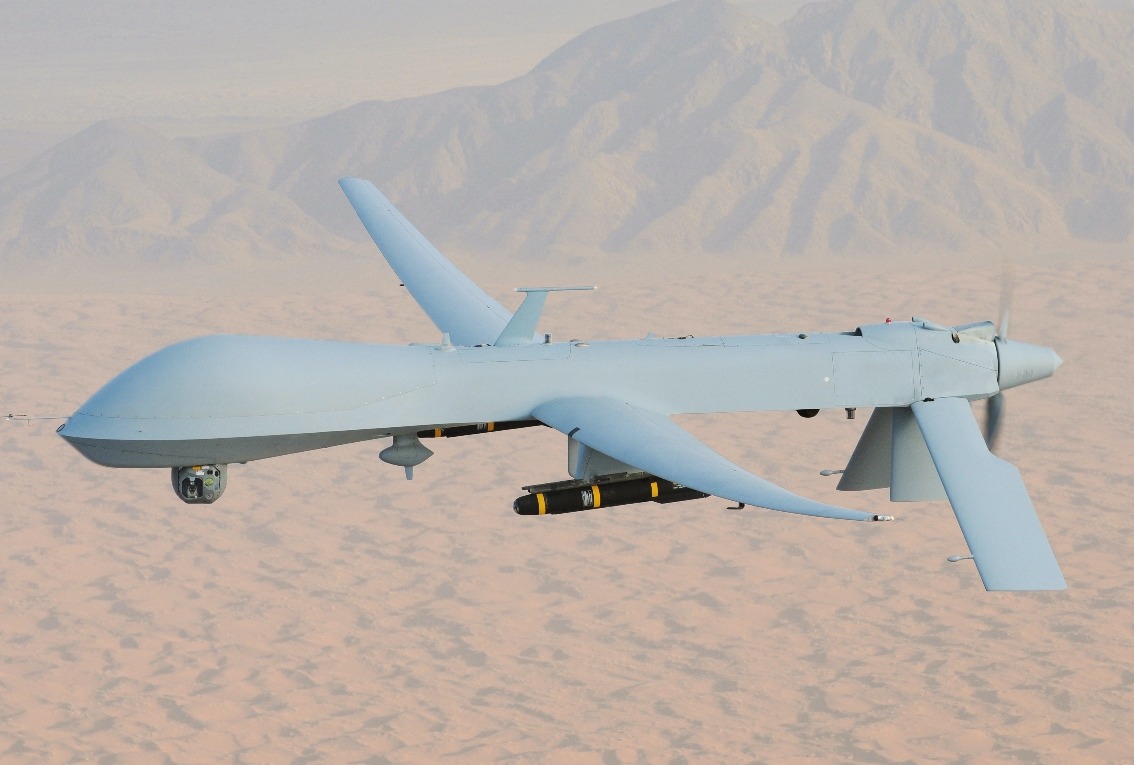
The US army started investing heavily in this futuristic technology during the 1980s and 1990s. US Department of Defense contracts were awarded to Israel-based MALAT and AAI Corp in the 90s to develop more advanced drones, which resulted in more cost-effective and affordable technologies.
In the mid-90s, the US government initiated the Predator Program, which resulted in the birth of the MQ-1 Predator. Its wings were equipped with Hellfire anti-tank missiles. Later on, this invention paved the way for the MQ-9 Reaper in 2007. The Reapers and Predators are the drones that most people visualize when talking about military drones.
In 1986, the US and Israel co-developed the RQ2 Pioneer, a medium-sized reconnaissance aircraft. Also, this was the period when drone manufacturers started finding alternative power sources for drones. One of the best sources was, of course, solar power. Hence, this led to some interesting solar-powered drones, such as the AeroVironment HALSOL [x].
2001 – CIA Begins Flying Armed Drones
After the events of 9/11, the CIA began flying armed drones all over Afghanistan as part of the war against terrorists. The first-ever drone-based kill operation occurred in 2002 when an unmanned Predator drone was used to kill a suspect thought to be Osama Bin Laden.
Unfortunately, the person turned out to be Daraz Khan, an innocent man collecting scrap metals[xi]. Unfortunate incidents such as these lead to concerns and doubts about the use of drone technology in warfare.
2006 – FAA Issues the First Commercial Drone Permits
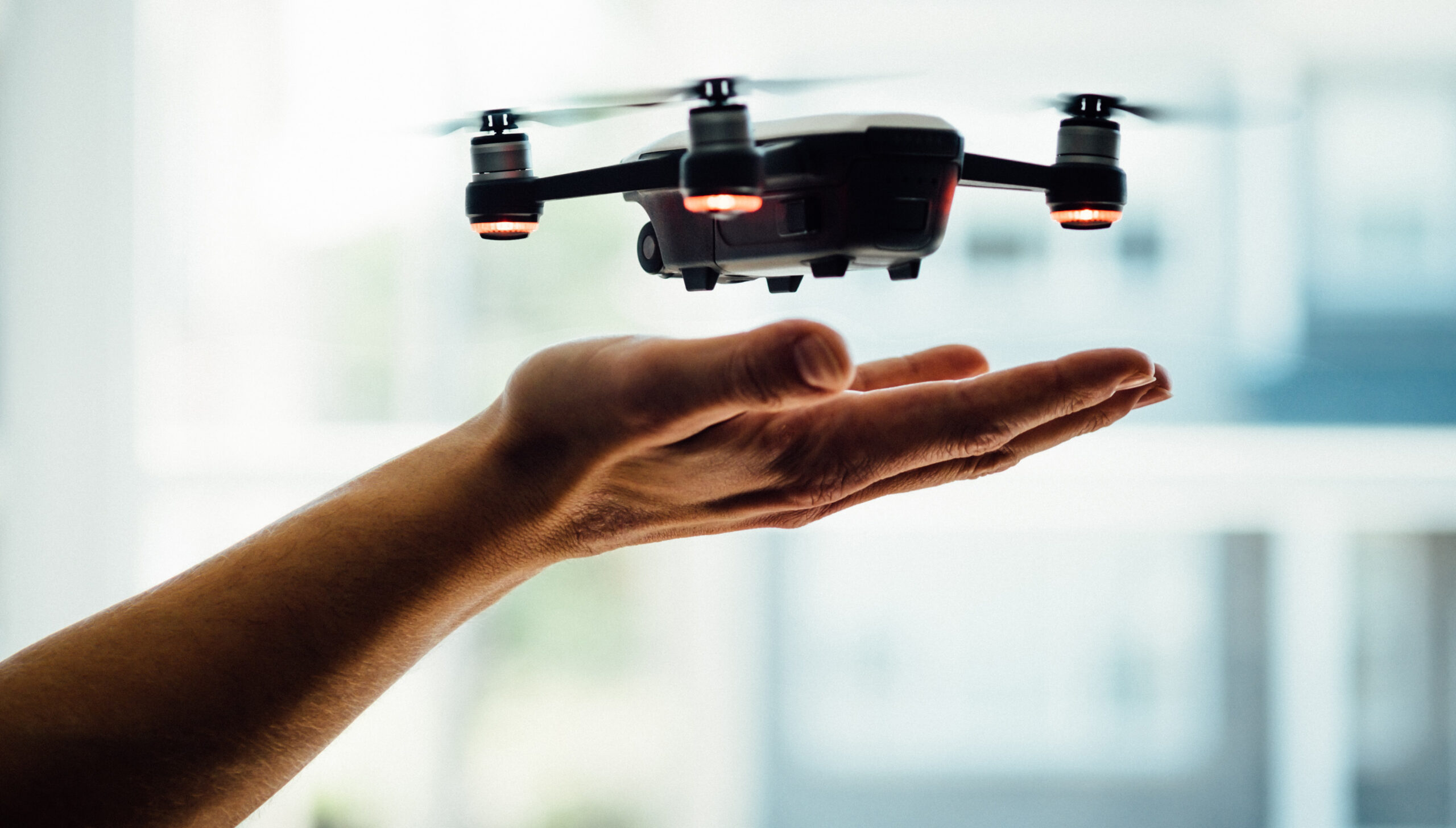
Recognizing the true potential of non-military commercial drones, the FAA started issuing the first commercial drone permits in 2006. These permits also reduced some of the limitations imposed on consumer drones being flown for just recreational purposes. These permits paved the way for new possibilities for professionals and companies that wanted to use drones in their businesses for different purposes.
However, in the beginning, very few commercial drone permits were requested. But soon, this number began to increase rapidly.
Historical Timeline of Modern-Day Drones

2010 – The First Ready-To-Fly Drones Are Invented
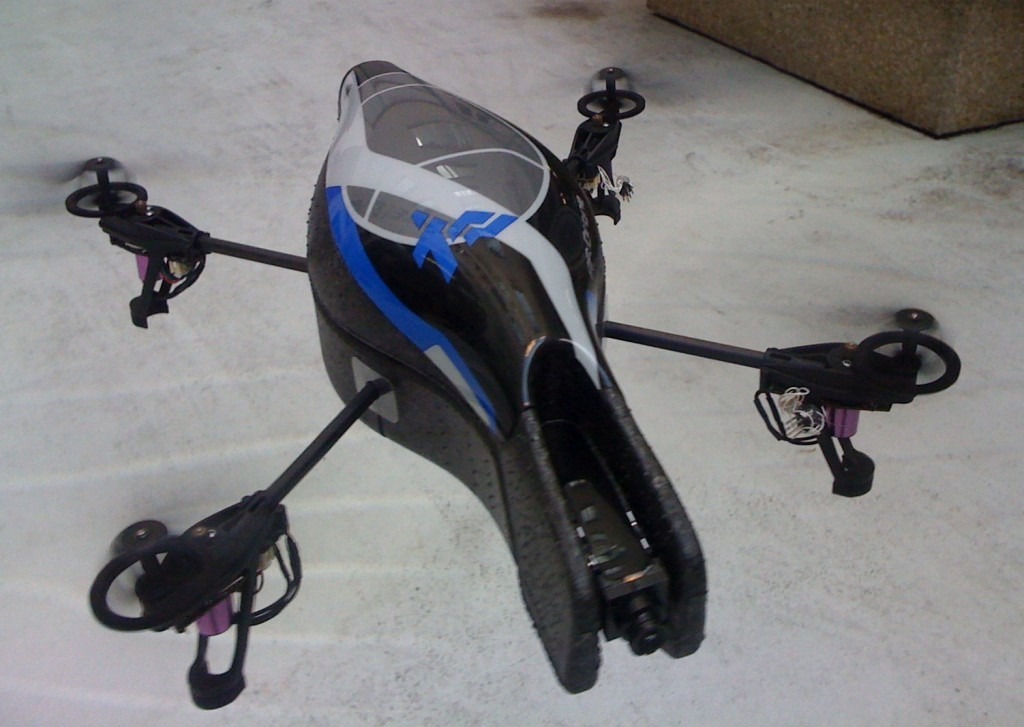
The first ready-to-fly drone was by a French drone company, Parrot. It was called Parrot AR.Drone and could be controlled through Wi-Fi, using a smartphone as a controller. The drone saw significant success, both commercially and critically. It also received the CES Innovations Award for Electronic Gaming Hardware in 2010. Parrot sold more than half a million units right after its release.
Parrot released its second version, the AR.Drone 2.0, further improving everything, including its piloting system, making it easier for people new to drones to fly it.
2013 – DJI Launches Phantom
A popular drone manufacturing company, DJI, released its first Phantom drone, marking the entry of the first camera-equipped drone in the commercial market. It was shortly followed by the Phantom 2 that introduced several new features to the consumers.
Moreover, in December 2013, Amazon released the concept of a drone-based delivery system, which was a dream of Jeff Bezos. While Amazon wasn’t the first to introduce drone deliveries, it put this futuristic tech into the public eye and is working to make this dream a reality.
Jeff also described the possibilities of using this technology in an interview on 60 Minutes. He said that the technology is around five years away, but it requires some changes in federal laws[xii].
2015 – Lily Camera Drone Disaster
The consumer drone industry has seen a spike in recent years – one that is continuing to rise. However, one incident in 2015 served to put a damper on drones’ popularity. One of the biggest disappointments for the drone lovers was the incident that took place when the Lily Camera Drone was grounded[xiii].
Before filing for bankruptcy, Lily racked up $34 million in pre-orders but unfortunately shut down after a series of delays. It was a difficult way to learn a hard a lesson for all drone enthusiasts.
2016 – DJI Launches Phantom 4 and Mavic Pro
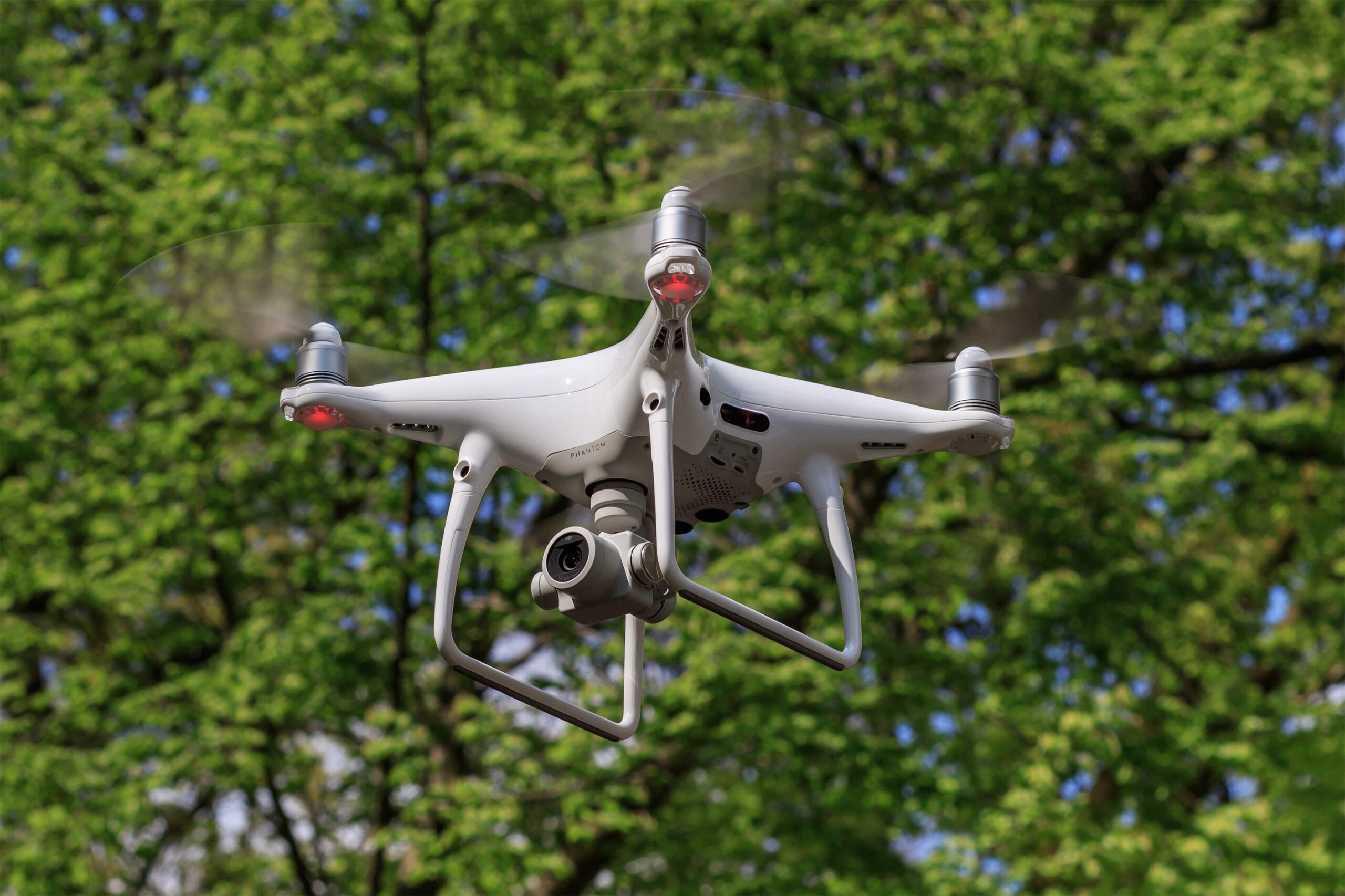
2016 was the year of drone experts and enthusiasts as DJI launched its Phantom 4, one of the best professional drones to date. The drone was equipped with smart computer vision and machine learning technology. These abilities allowed the drone to avoid obstacles and track people, animals, and objects.
Unlike earlier drones, it didn’t have the limitations of following a GPS signal. The resulting drone was a major milestone for drone photography and consumer drones alike.
In addition to Phantom 4, DJI also launched its Mavic Pro, a compact drone that offered 27 minutes of flying time and could easily reach up to 40 miles per hour in its sport mode.
2017 – Solar-Powered Drones
For some time, Facebook has been working on developing solar-powered drones. It flew its first solar-powered drone for the first time on 28 June 2016[xiv]. However, it ended in a crash landing. The second aircraft successfully flew one year later in 2017, unlike the previous one. It was in the air for 1 hour and 45 minutes before safely landing back at its base.
Mark Zuckerberg, the CEO of Facebook, hopes that these solar-powered drones will one day help bring the internet to the unconnected parts of the world. He aims to provide internet access to four billion unconnected people who live in remote areas. The drone has been designed to stay at least 90 days in the air, providing broadband internet access in a 60-mile radius on the ground[xv].
The same year, Parrot released its Bebop 2, a lightweight drone with high-performance specifications.
2018 – A Year of a lot of Promises in the Drone Industry
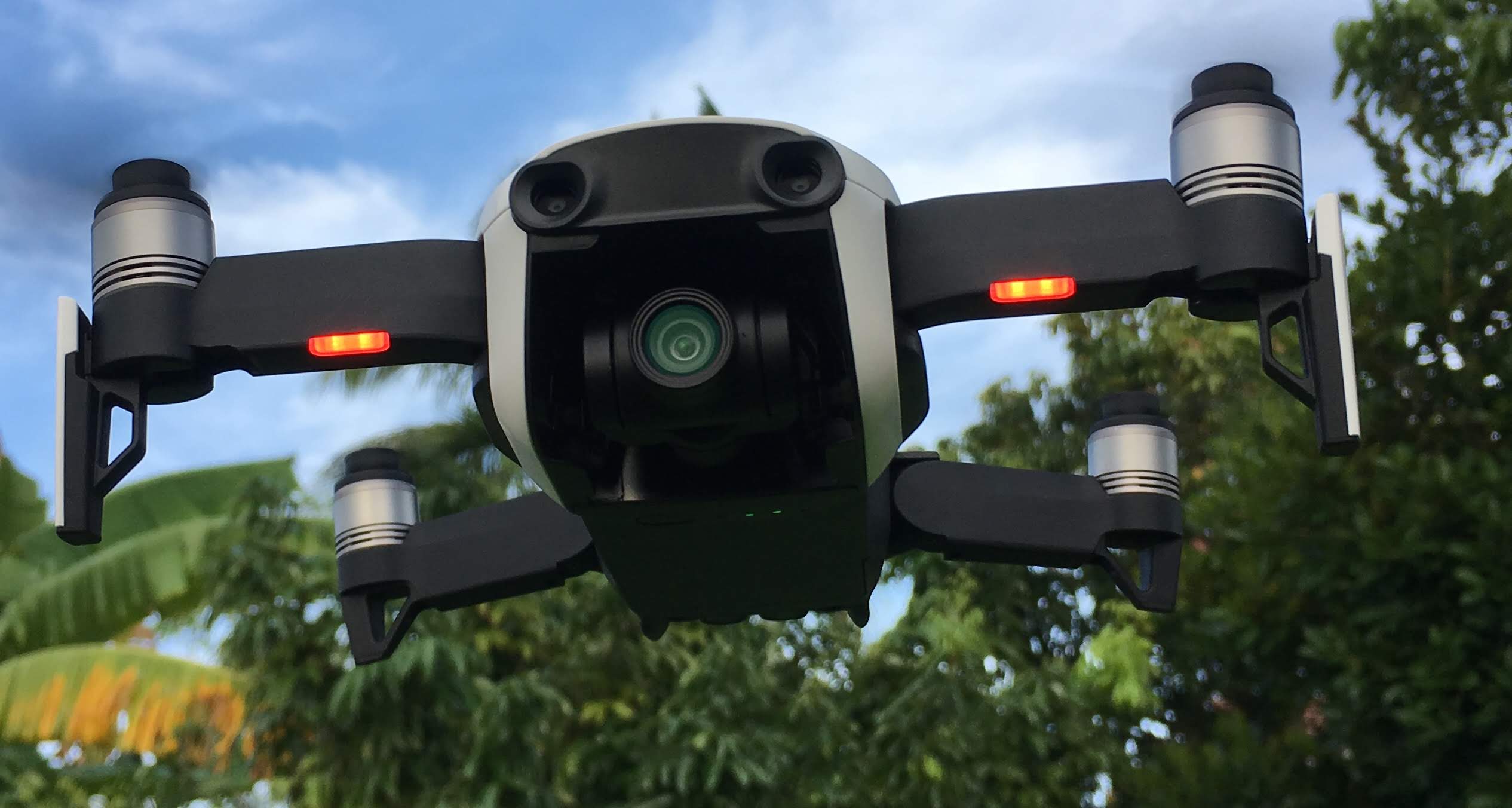
DJI introduced its Mavic Air in 2018 that offered a 21-minute flying time and was equipped with a 32MP panoramic lens that could capture footage in 4K at 30 frames per second.
Moreover, a startup company, Zipline, launched its first drone medical delivery service that provided supplies to more than 1,000 clinics and over 10 million people all over Tanzania[xvi].
The same year, NASA announced that a robocraft drone, weighing less than four pounds, will be used in the Mars 2020 mission to investigate if there has ever been life on the red planet.
2019 – American Police Departments Start Using Drones
Various police departments all over the USA started using drones in 2019 to analyze car crash scenes. They also utilized its thermal imaging technology to help with search and rescue as well as fugitive apprehension.
2020 – Pandemic Alleviation
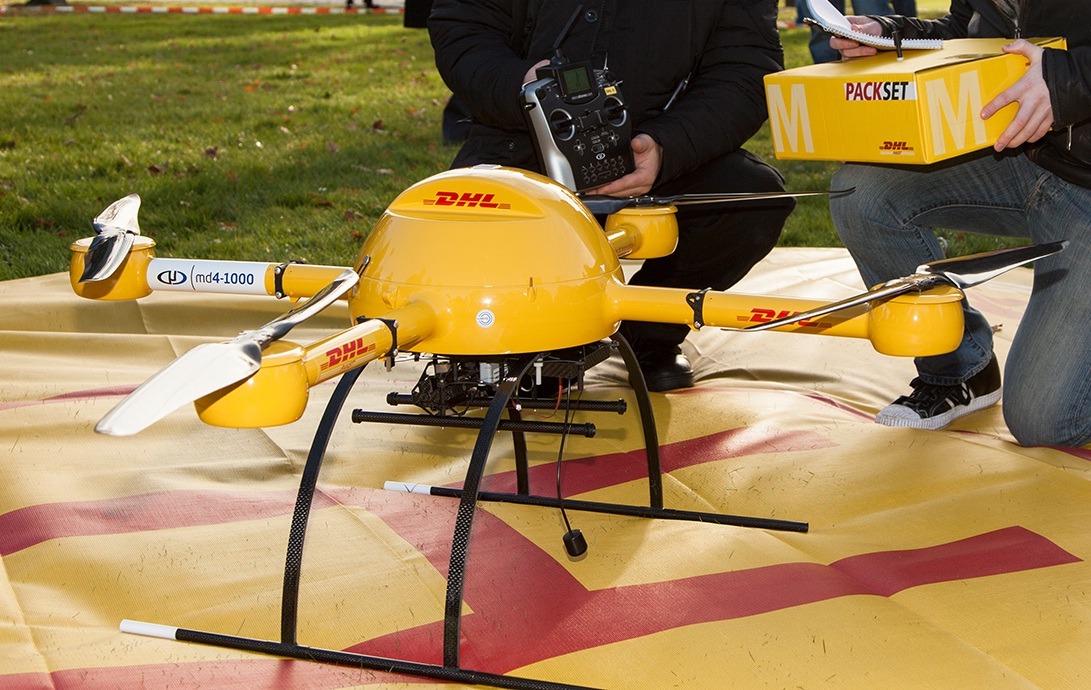
During the coronavirus outbreak, drones have been a helpful tool for providing medical supplies, helping with mass disinfection, and social distancing enforcement.
Drones Have Evolved a Lot
UAV technology arrived in World War II and has been evolved a lot over time. At that point, drones were still considered expensive, unreliable military tools that worked occasionally. During that era, nothing could beat manned aircraft, and people heavily relied on them. However, where drones left a mark was in surveillance operations.
Both USSR and the US used special surveillance drones to spy on each other throughout the Cold War. However, the documents from those operations remain confidential. While military drones remain popular, their applications have expanded far beyond tactical operations. For example, people realized the true potential of consumer drones in the commercial industries when they hit the market in 2006.
The FAA took a while to issue the first commercial drone permits and establish guidelines for safe flight. But today, companies like UberEATS and Amazon are utilizing drone technology as a delivery method for their businesses. Because of things like this, the public’s interest in drones is rising each year.
- “Drones by country: who has all the UAVs?” Retrieved from https://www.theguardian.com/news/datablog/2012/aug/03/drone-stocks-by-country
- “Breguet-Richet Gyroplane No.1.” Retrieved from http://www.aviastar.org/helicopters_eng/breguet_gyro.php
- Kettering Aerial Torpedo “Bug.” Retrieved from https://www.nationalmuseum.af.mil/Visit/Museum-Exhibits/Fact-Sheets/Display/Article/198095/kettering-aerial-torpedo-bug/
- “Radio remote-control aircraft system (Patent).” Retrieved from https://patents.google.com/patent/US2490844
- “Katydid Drone.” Retrieved from https://airandspace.si.edu/collection-objects/katydid-drone/nasm_A19660162000
- “Skeet (KDC-2).” Retrieved from https://airandspace.si.edu/collection-objects/skeet-kdc-2/nasm_A19710757000
- “A BRIEF HISTORY OF DRONES.” Retrieved from https://www.iwm.org.uk/history/a-brief-history-of-drones
- Manjeet Singh Pardesi, Institute of Defence and Strategic Studies Singapore (MAY 2004), “UAVs/UCAVs – MISSIONS, CHALLENGES, AND STRATEGIC IMPLICATIONS FOR SMALL AND MEDIUM POWERS” Retrieved from https://www.rsis.edu.sg/wp-content/uploads/rsis-pubs/WP66.pdf
- Manish R. Bhatt, The Faculty of the Department of Mechanical and Aerospace Engineering San Jose State University (May 2012), “SOLAR POWER UNMANNED AERIAL VEHICLE: HIGH ALTITUDE LONG ENDURANCE APPLICATIONS (HALE-SPUAV).” Retrieved from https://www.sjsu.edu/people/nikos.mourtos/docs/Bhatt.S12.pdf
- Leila Nasr (Jul 7 2016), “Drones in Contemporary Warfare: The Implications for Human Rights.” Retrieved from https://eprints.lse.ac.uk/80167/1/Drones%20in%20Contemporary%20Warfare_%20The%20Implications%20for%20Human%20Rights%20_%20LSE%20Human%20Rights.pdf
- Steve Kovach (December 2013), “Amazon Experimenting With Drones That Will Deliver Packages in 30 Minutes.” Retrieved from https://www.businessinsider.com/jeff-bezos-60-minutes-surprise-2013-12
- Hillary K. Grigonis (March 2017), “The Lily flying camera is permanently grounded, and refund timing is unclear.” Retrieved from https://www.digitaltrends.com/photography/lily-shuts-down/
- Henry Taylor (July 2016), “Facebook’s solar-powered internet drone takes its first flight.” Retrieved from https://www.weforum.org/agenda/2016/07/facebooks-internet-solar-drone-first-flight/
- https://www.weforum.org/agenda/2017/07/facebook-solar-drone-internet-for-all/
- Alan Boyle (August 2017), “Zipline expands medical drone delivery to Tanzania with aid from Gates Foundation.” Retrieved from https://www.geekwire.com/2017/zipline-expands-medical-drone-delivery-tanzania-aid-gates-foundation/
